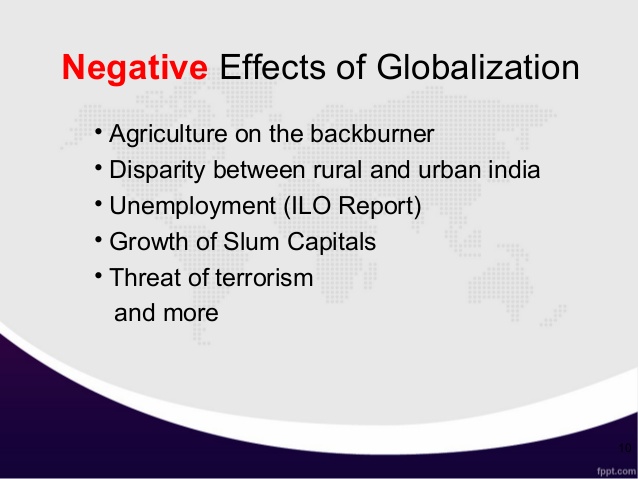Содержание
- Not the answer you're looking for? Browse other questions tagged financecapmmarkowitzself-study or ask your own question.
- Différence entre CML et SML
- Importance of Minimum Variance Portfolios
- How Is Capital Allocation Line (CAL) Related to CML?
- What is Systematic Risk? Types, Formula, Example
- Save Time & Improve Grades

While standard deviation is the measure of risk in CML, Beta coefficient determines the risk factors of the SML. Thus, the slope of the CML is the Sharpe ratio of the market portfolio. As a generalization, buy assets if the Sharpe ratio is above the CML and sell if the Sharpe ratio is below the CML. Both CML and SML help investors and analysts to get information on the risk and return. An investor must refer to these financial tools to make an informed decision on the securities or investment to make.
Further, it is used parallel with other techniques and methods such that the results can be validated and outliers can be identified and rectified. However, if the severity is lower than https://1investing.in/, then you will need to sell stocks or assets. This market line mainly shows the balance between the danger and return of the existing investment portfolio. Similarly, the return will be as per the risk level of the investor’s choice. CML determines the success or failure of your average market share. Excess returns are returns achieved above and beyond the return of a proxy.
Not the answer you're looking for? Browse other questions tagged financecapmmarkowitzself-study or ask your own question.
Stocks offer guaranteed returns, bonds offer higher potential returns.
Characteristic Line Definition - Investopedia
Characteristic Line Definition.
Posted: Sat, 25 Mar 2017 21:10:36 GMT [source]
The Y axis of the CML represents the expected return and X axis represents the standard deviation or level of risk. The CML is used in the CAPM model to show the return that can be obtained by investing in a risk free asset, and the increases in return as investments are made in more risky assets. The levels of return keep increasing as the risk undertaken increases. The CML, therefore, plays a part in assisting investors decide the proportion of their funds that should be invested in the different risky and risk free assets. Where the market portfolio and risk free assets are determined by the CML, all security factors are determined by the SML. Unlike the Capital Market Line, the Security Market Line shows the expected returns of individual assets.
Différence entre CML et SML
In a broader sense, the SML shows the expected market returns at a given level of market risk for marketable security. The overall level of risk is measured by the beta of the security against the market level of risk. Basically, SML tells about the market risk in an investment or identifies a point beyond which an investor may run into risk. Or, we can say it tells the relation between the required rate of return of security as a function of the non-diversifiable risk . In common words, it determines the degree of your profit in the market as per your investment. CML primarily shows the trade-off between risk and return for functioning portfolios.
The cml vs sml allocation line on a graph shows all possible mixes of risky and risk-free assets, enabling investors to gauge potential returns based on risk. The security market line is a positively sloped line displaying the relationship between the required return from security for each given level of non-diversifiable risk. The Y-axis of the SML represents the level of the required return on individual assets, and the X-axis shows the level of risk represented by beta. The Y-axis of the CML represents the expected return and X-axis represents the standard deviation or level of risk. SML depicts the tradeoff between the non-diversifiable risk and the required rate of return. On the other hand, CML depicts the tradeoff between expected return and total risk.
The modern portfolio theory aims at minimizing risk related to an asset portfolio while maintaining same returns. The risk is also known as variance, standard deviation or volatility while the expected returns are also known as the mean return. The discussion remains incomplete without reference to SML and CML and how they indicate different graphical information.
Equally important, CML only defines market portfolios and risk-free investments. Spot prices are a basic building block in finance, but they are tricky when the commodity is money. When the commodity is money, spot prices are called spot rates (a.k.a., spot interest rate).
SML is a graph that shows our level of interest, but there’s a catch. The SML illustrates how your earnings might be jeopardized in this graph. The CML is the average expected return for your shares or investment. However, many people feel suitable to refer to a higher level of risk so they can figure out what level of risks they should be taking.
Importance of Minimum Variance Portfolios
This is evident when drawn out, since the CML is above or to the left of the efficient frontier at all points . The capital allocation line makes up the allotment of risk-free assets and risky portfolios for an investor. CML is a special case of the CAL where the risk portfolio is the market portfolio. As an investor moves up the CML, the overall portfolio risk and returns increase. Risk-averse investors will select portfolios close to the risk-free asset, preferring low variance to higher returns.
On the other hand, if, however, the return offered by the asset is less than the market return for a given level of systematic risk, that means it is overpriced. Moreover, such assets will reflect/show in the graph below the security market line. This is also a line in the graph determining your rate of return but there’s a catch in this one.
How Is Capital Allocation Line (CAL) Related to CML?
Further, it can be easily used to compare two or more securities and take decisions regarding the same. Is incomplete without reference to Modern Portfolio Theory and models such as CAPM. The following pages attempt to explain these key concepts and also explain minute differences and reasons for popularity. Well, the Capital Market Line is considered to be superior when measuring the risk factors. Conversely, surveillance that is conspired beyond the CML or SML will achieve rebounds that are way bigger than the risks taken. And if placed beneath CML or SML, then the situation is vice versa.
The graph reveals that the line goes up as the risk increases. This means in order to make more money, you must take on a high amount of risk – which is not always desirable. CAPM remains popular as it accounts for only systemic risk that cannot be diversified and also provides the information in a standard and clear format. Further, in past 50 years, CAPM has been subjected to frequent empirical testing and it has withstood the results. The method is also widely used to calculate cost of equity as it accounts for systemic risk.
If you want to avoid some of the troubles that may come your way, it is important for you to understand stocks, marketplace business, prices, and returns. To do this accurately and effectively, two key terms are CML and SML . These two lines can be found on any chart as they help track both profits from a company’s sales products along with their costs.
What is Systematic Risk? Types, Formula, Example
The Capital Asset Pricing Model helps to calculate investment risk and what return on investment an investor should expect. CML shows the total risk and measures it in terms of the SML . Fair-priced securities are always plotted on the SML and CML. The notable factor is that the securities which generate higher results for a certain risk, are usually found above the SML or CML, and they are always underpriced and vice versa. People generally deduce that if the sharp ratio is above CML, you should invest in buying shares.
- When entering the world of business, there are a set of terms, rules, agenda and strategy you are expected to follow if you want to have a flourishing business.
- CML is CAL’s exclusive case, and here the risky profile is the field profile.
- So, for example, holding only one stock would not be part of the capital market line.
- The purpose of investors is to increase returns while increasing market risk.
- 5.Riskless Return • Efficient portfolios that offer the highest return for a given level of risk lie on the CML, and inefficient portfolios lie below it.
- In philosophy, profiles that rely on CML have excellence in terms of risks and rebound and give good results.
Investors that are familiar with their field of business typically put up substantial amounts of money and anticipate a strong return on their investment. In this manner, they’ll be able to see graphically what type of return they may expect from their desired investments. Hence, it is very important to estimate the expected returns correctly and accurately as far as possible.
Save Time & Improve Grades
The CML shows the level of risk and return for a portfolio of securities, whereas SML shows the level of risk and return for individual securities. The security market line is a graph that is drawn with the values obtained from the capital asset pricing model . It is a theoretical presentation of expected returns of assets that are based on systematic risk. It can be seen that while y-axis represent expected rate of return for a security in the market, y-axis represent beta of the security value. In other words, it represents the risk that cannot be diversified and cannot be rid of. The SML is also known as the Characteristic Line and indicates all the securities present in the market and their corresponding beta values or systemic risk contribution to the portfolio.
